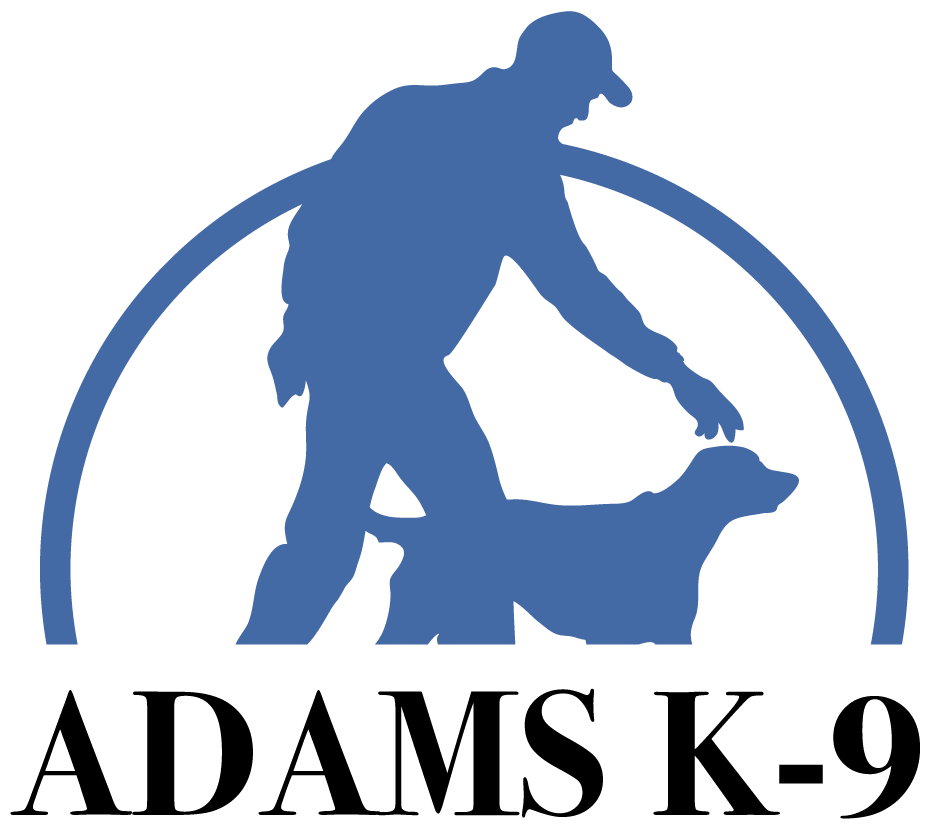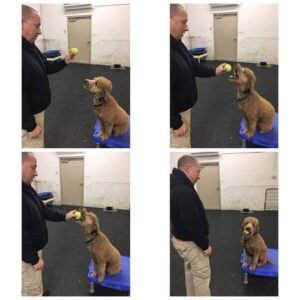Positive reinforcement is a powerful tool when used in animal training. Using it incorrectly can cause behavior issues as well as incompliance.
Introducing Positive Reinforcement
Positive means to add something and reinforcement means to increase behavior. So we add something to increase behavior. Primary reinforcement tools are food and water, as the dog knows they are necessary for survival. To help establish a follower-leader relationship for your dog, you should be the one providing food and water. When my dog’s water bowl is empty, Bracha comes to me and bumps me with her nose. Food and water are powerful tools when training dogs.
Secondary reinforcement tools are things that are not necessary for survival such as a toy, play time, petting, and affection. These things bring the dog joy and are positive, but not a primary reward for the dog. Dogs with very high prey drive enjoy the play. They love chasing the ball, disc or playing a good game of tug. These items can also be used for another practice called training through drive. Holding a ball near your chin as you walk while your high energy dog prances next to you staring up at your face because the ball is there is training through drive.
How in the world is positive reinforcement bad?
It is bad when it is used at the wrong time. Timing is everything when training any animal. This is why bridging or marker training works so well. You signal the dog at the exact moment it is in the position you want and then you follow that signal with a reward. For teaching sit, you mark when the dog’s butt hits the ground; then you reward. To mark you can say “yes”, make a clicking sound, or use a clicker. It is a great tool for communicating with the dog to teach them “Yes, this is what I am asking from you.”
Reinforcement in Action
I met a woman that needed help training her dog to come when it was outdoors. The dog would not come unless she rattled the treat bag. The problem was that the dog had not learned to come in for a treat. The dog learned not to come, and he was being rewarded for not coming when called. The owner unknowingly taught her dog not to come which was obviously the opposite of her goal.
Dogs that jump are another prime example of how I have seen positive reinforcement backfire. Dog owners don’t want their dog to jump up on people, yet we pet them when they jump up on us. Sometimes we think we are correcting the dog; however the dog perceives the correction as affection. Physical contact, talking, and even eye contact can be rewarding to a dog. Stop, push the dog off of you and stare at it. Your dog thinks, “Thanks for the attention, let’s do it again!” If the dog jumps, you tell him to sit and give a treat you are rewarding the jumping.
More Examples
Here is an example of self-rewarding behavior by the consequences which occur daily with many dogs. The mail carrier comes to your home, like they do every day. Your dog barks like crazy while looking out the window, and continues to bark as the mail carrier leaves. In the dog’s mind, his/her aggressive barking worked again! Can you imagine that? The barking again scared the mail carrier away. The mail carrier leaving is the reward for the dog’s barking behavior.
Other examples are giving affection when the dog is in an unbalanced state of mind; petting and saying “it’s okay” when the dog is growling at a stranger, or holding the dog and comforting him during a thunderstorm. I recently was training a young dog and someone in the area was shooting guns. My training facility is in the country and I could see the dog was getting a little nervous or shy on each discharge of the weapon. I didn’t give the dog any affection and didn’t change anything I was doing. Towards the end of the day, the dog could have cared less about that gun fire. Inappropriate timing on affection or reward could have easily caused issues for this dog.
Owners try to solve aggression issues by giving their dogs treats when they growl. Sure, the treat distracts the dog momentarily; however the dog is being rewarded for the aggressive behavior. This typically snowballs until there is a bite. Another time we saw this happen was with a dog that was reactive with the neck area. The only way the owner could put any collar on his dog was to throw down treats while he quickly got the collar on. Again, who is training who? If you put the collar on my without treats you are going to get bit. The owner almost got tagged and then pulled out some food. The dog was supposed to board with us, but once I saw the reactivity, I stated my staff needs to be able to safely handle your dog and he cannot stay here.
I have always found it interesting how the things we do can have a huge impact on a dog’s behavior and it’s all done with positive reinforcement. Even telling the dog off in a pleasant voice when he/she jumps can be rewarding to the dog. Be very mindful of how you are communicating with your dog. You may be rewarding unwanted behavior and not even realize it. I see it happening quite more often than you might think.
The moral of the story is be careful what you reward. You just might be rewarding the wrong behavior- focus on rewarding the right things and you’ll love living in harmony with your dog.


